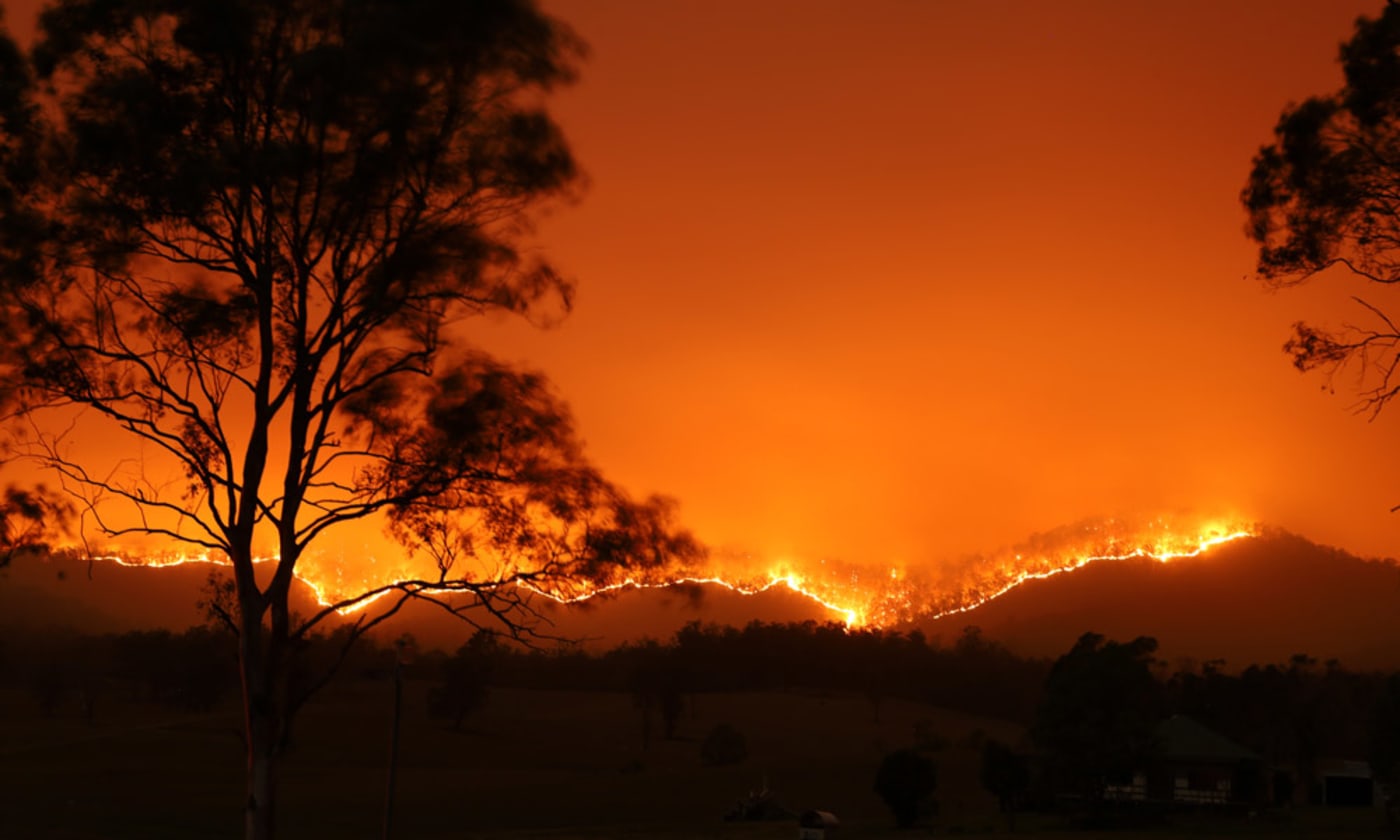Debunking BAL Reports: A Guide to Understanding Your Home's Bushfire Danger
Wiki Article
Ensuring Shrub Fire Defense With Correct BAL Report Evaluation
In the realm of bush fire defense, the thorough evaluation of Bushfire Assault Level (BAL) reports stands as a keystone for safeguarding residential properties versus the terrible impact of wildfires. With ecological variables and property features playing considerable roles in determining the degree of danger, a complete understanding of BAL scores becomes important. However, the actual significance lies not just in understanding these reports yet in understanding them efficiently to formulate customized fire protection strategies. By delving right into the significance of BAL report evaluation, we uncover a world where notified decisions lead the path in the direction of reinforcing residential property security and strength in fire-prone regions.
Understanding Bushfire Assault Degree (BAL)
In the realm of bushfire protection, comprehending the Bushfire Attack Degree (BAL) is paramount for making certain reliable reduction methods. Recognizing the BAL ranking of a building is critical for building policymakers, proprietors, and home builders to apply proper steps to guard against bushfire dangers.
Significance of BAL Report Analysis
An important aspect in bushfire defense preparation includes the complete analysis of BAL reports to evaluate the prospective risks and determine ideal reduction methods. BAL reports offer important information concerning the possible effect of bushfires on a building based on numerous aspects such as greenery kind, range to potential fire threats, and incline of the land. Evaluating these records with precision is vital in establishing effective bushfire defense procedures tailored to the certain risk account of a building.Carrying Out Fire Protection Measures
Applying efficient fire defense procedures is crucial for securing residential or commercial properties in bushfire-prone locations. One of the key methods to boost fire defense is by producing defensible space around structures. This includes clearing up combustible plant life, such as dry leaves and branches, within a particular radius of the home. In addition, installing fireproof roof covering materials can help in reducing the risk of ashes sparking the roof during a bushfire. Effectively maintained gutters and displays are also important to prevent debris accumulation that can fuel a fire.In addition, having a ample and well-maintained water system, such as a storage tank or pool, can assist firefighters in their initiatives to secure the building. It is very important to have a clear emptying plan in place and to ensure that all residents recognize with the treatments. Additionally, having firefighting devices conveniently available, such as hoses and fire extinguishers, can assist in taking on little spot fires prior to they intensify. In general, implementing a mix of these home fire security steps can significantly boost the chances of guarding properties throughout bushfire events.
Mitigating Dangers in Fire-Prone Areas
To fortify buildings against bushfire dangers, a strategic emphasis on mitigating threats in fire-prone areas is essential. Mitigating dangers in fire-prone locations entails an extensive technique that incorporates different actions to decrease the chance and impact of bushfires. One vital aspect of threat mitigation is preserving defensible room around residential properties by clearing flammable plants, making certain adequate spacing between frameworks and trees, and using fireproof landscaping practices. Additionally, applying ember-proofing actions such as installing metal mesh screens on home windows and covering roof covering dental caries can help avoid ash assaults and lessen the threat of place fires.In addition, creating or retrofitting structures with fire-resistant materials and ensuring correct maintenance of roofing systems, gutters, and external cladding can significantly boost the building's strength to bushfires. Exercising a bushfire and establishing emergency situation strategy with all residents, including discharge procedures and interaction methods, is also crucial in mitigating risks efficiently. By embracing a positive strategy to run the risk of mitigation in fire-prone locations, homeowner can much better secure their properties and enhance total bushfire readiness.
Ensuring Residential Property Security and Resilience
Guaranteeing the safety and security and strength company website of properties in fire-prone locations requires an unwavering commitment to robust preventative measures and critical planning. Residential or commercial property security starts with carrying out efficient procedures to reduce fire risks.Resilience, on the other hand, entails the ability of a residential property to recoup and withstand from a bushfire. By proactively addressing these facets, home owners can much better safeguard their possessions and loved ones from the threat of bushfires.
Conclusion
Finally, making certain bushfire protection with correct BAL report evaluation is important for comprehending the degree of risk presented by bushfires and implementing needed fire defense actions. By alleviating threats in fire-prone locations and guaranteeing building safety and security and strength, areas and people can better prepare for and react to bushfire events. It is critical to focus on fire safety actions to secure lives and residential property in these risky atmospheres.In the world of bush fire security, the careful analysis of Bushfire Strike Degree (BAL) records stands as a keystone for protecting residential properties versus the damaging influence of wildfires (BAL Report). Recognizing read this article the BAL rating of a residential or commercial property is important for building policymakers, home builders, and owners to implement proper steps to protect versus bushfire hazards

BAL reports offer vital details concerning the potential impact of bushfires on a home based on different aspects such as plant life type, distance to prospective fire risks, and slope of the land (BAL Report). Generally, carrying out a mix of these fire security procedures can substantially boost the possibilities of securing buildings throughout bushfire occasions
Report this wiki page